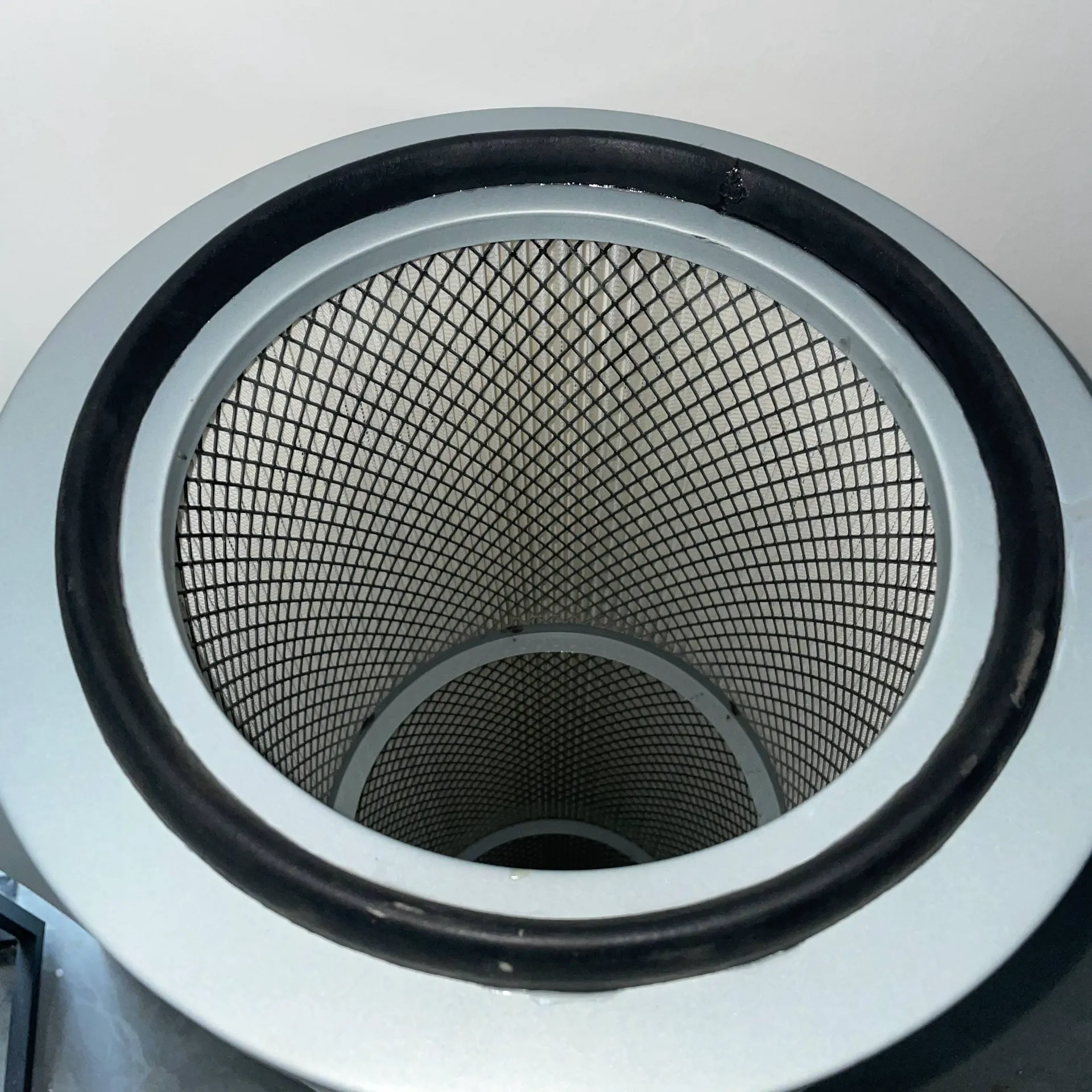 Tel:
+8615930870079
Tel:
+8615930870079
Dez . 28, 2024 20:17 Back to list
antistatic filter element
Antistatic Filter Element An Essential Component for Cleanroom Environments
In today’s technologically driven world, maintaining a contamination-free environment is paramount, especially in industries such as pharmaceuticals, biotechnology, microelectronics, and aerospace. One key aspect that contributes significantly to cleanliness and product integrity is the use of antistatic filter elements. This article explores the importance of antistatic filter elements, their functions, benefits, and various applications.
Understanding Antistatic Filter Elements
Antistatic filter elements are specially designed filters capable of reducing static electricity buildup that can attract and hold dust, particulates, and microbial contaminants. These filter elements are derived from materials that possess antistatic properties, ensuring they do not accumulate charge. Common materials used include polyester, polypropylene, and electret fiber technology, which maximize filtration efficiency while minimizing the potential for static-related issues.
The Importance of Antistatic Features
Static electricity is a common concern in cleanroom environments where high precision and purity are crucial. When static charges build up on surfaces, they can cause particles to cling to filters, thereby decreasing airflow and increasing pressure drops across the filter element. This can lead to inefficient operation and potentially hazardous conditions. Moreover, in environments sensitive to ignition sources, static charges can pose explosion risks. Antistatic filter elements help mitigate these risks by dissipating static charges, ensuring safe and efficient performance while maintaining air quality.
Functionality and Benefits
Antistatic filter elements serve multiple essential functions
1. Enhanced Filtration Efficiency By preventing static electricity buildup, these filters ensure that airborne particles and contaminants are effectively captured. This is crucial in industries where even the smallest particle can compromise product quality.
2. Reduced Maintenance Costs Because antistatic filter elements minimize dirt accumulation and pressure drops, they often have a longer service life than standard filters. This translates into fewer replacements and lower maintenance costs over time.
3. Improved Airflow With less resistance to air passage, the overall system efficiency is enhanced. This is particularly important in HVAC systems within cleanrooms, where maintaining consistent airflow is key to controlling temperature and humidity levels.
antistatic filter element

4. Safety Compliance In environments dealing with flammable substances, the use of antistatic filter elements is crucial for compliance with safety regulations. They act as a safeguard against potential ignition sources caused by static discharge.
5. Versatility in Applications Antistatic filter elements can be utilized in various settings, from industrial cleanrooms to laboratory environments and production facilities. Their adaptability makes them a vital component in many critical systems.
Applications Across Industries
Antistatic filter elements are indispensable in numerous industries, notably
- Pharmaceuticals Maintaining sterile conditions is vital for drug production. Antistatic filters help ensure that environments stay free from contaminants while promoting compliance with regulatory standards.
- Electronics Manufacturing In microelectronics, where small particulates can disrupt the function of components, antistatic filters play a pivotal role in safeguarding production lines and ensuring product integrity.
- Aerospace Here, the prevention of static-induced damage is crucial. Antistatic filters help maintain clean air in assembly plants, contributing to the safety and reliability of aircraft.
- Food and Beverage Cleanliness in food production is non-negotiable. Antistatic filter elements help maintain air quality and prevent contamination in packaging and processing areas.
Conclusion
The adoption of antistatic filter elements is an essential step toward achieving optimal cleanliness and safety in various industries. Their ability to control static electricity, enhance filtration efficiency, and comply with safety regulations makes them invaluable in cleanroom settings and beyond. As industries continue to evolve and face new challenges, the importance of antistatic technology in filtration systems will only grow, driving further innovation and the development of more effective solutions to meet the demands of a modern, contamination-sensitive world.
-
Types and Applications of Air Filtration CartridgesNewsJul.28,2025
-
The Role of Gas Turbine FiltersNewsJul.28,2025
-
Mastering Air Filter Cartridge UseNewsJul.28,2025
-
Advanced Turbine Filters for Modern Gas TurbinesNewsJul.28,2025
-
Cellulose Air Filter Cartridge Advantages in Dust FiltrationNewsJul.28,2025
-
Cellulose Filters for Air Particle ReductionNewsJul.28,2025

 Email:
Email:





